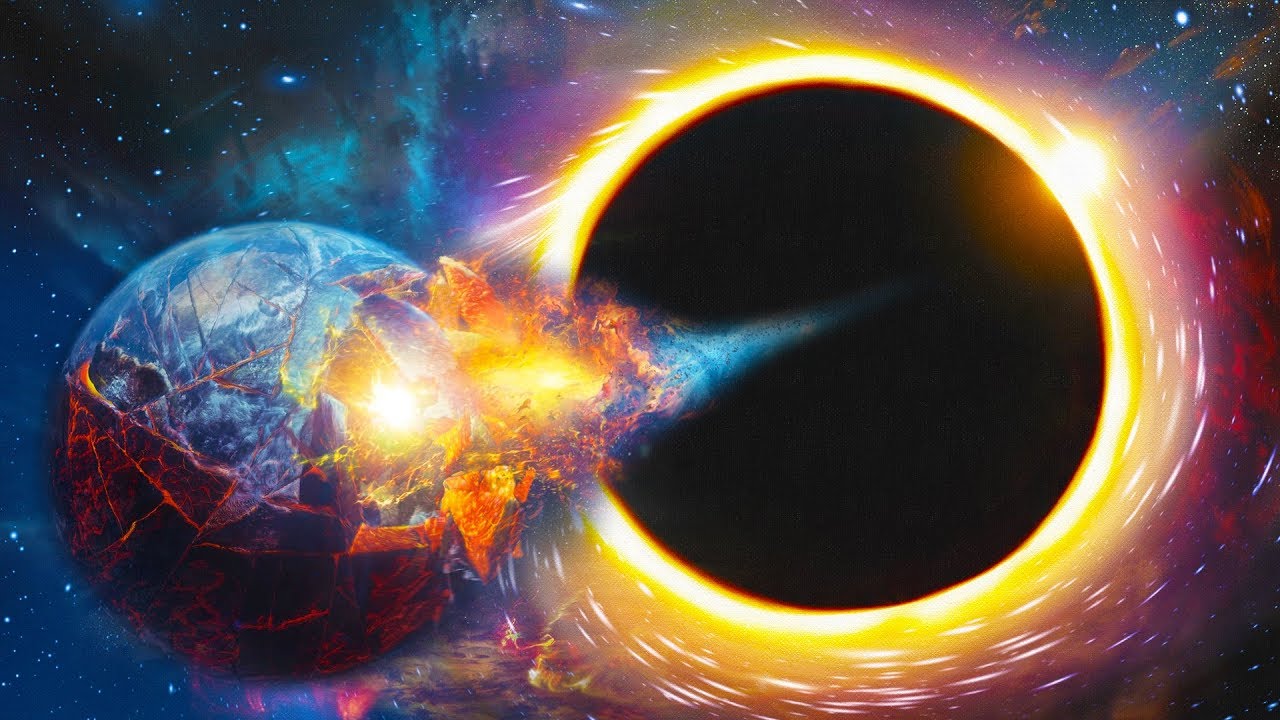

It’s easy for us to forget that none of us have actually seen one,” said France Córdova, director of the National Science Foundation, which helped fund the project. “As an astrophysicist, this is a thrilling day for me. It’s a truly remarkable moment for humans to be able to see something so enigmatic, so far away, and so incredibly difficult to capture. The absence in the image means something has left our observable universe. The light in the center gets sucked out of our view irretrievably. The size and shape of this black hole, the researchers say, is exactly as predicted in Einstein’s theories of gravity.Īs you look at this image, know that this isn’t an object. Within that photon orbit is the event horizon, the region beyond which no light can escape. That light encircles the photon orbit, a region beyond which light could conceivably escape from but is unlikely to.

The visible reddish and white light surrounding it is material being destroyed by the immense gravity of the black hole. “As with all great discoveries, this is just the beginning.”Īt the center of this image is the M87 black hole. The announcement coincided with the publication of six studies on the effort in The Astrophysical Journal Letters. “We exposed part of the universe we thought was invisible before,” Sheperd Doeleman, director of the Event Horizon Telescope, said at the press conference announcing the image Wednesday. The black hole at its center is massive, some 6.5 billion times the mass of our sun, all contained in a single point of infinite density. This is a picture of the supermassive black hole at the center of the Messier 87 galaxy, which is 53.49 million light-years away. Here it is, humanity, the first-ever photo of a black hole, taken by an international collaboration of scientists called the Event Horizon Telescope.


 0 kommentar(er)
0 kommentar(er)
